# Precision in the Sky: How Mechatronics Enhances Drone Control Mechanisms
## Introduction
The advent of drone technology marks a transformative era in various sectors, ranging from agriculture to military applications, and delivery services to entertainment. Drones, or unmanned aerial vehicles (UAVs), have rapidly evolved in complexity, performance, and functionality, driven by advances in mechatronics. Mechatronics, a multidisciplinary field integrating mechanics, electronics, computer science, and control engineering, plays a pivotal role in enhancing the precision and reliability of drone control mechanisms.
This article explores how mechatronics enhances drone technology, focusing on various sub-fields, including sensor integration, control algorithms, and adaptive flight systems. We will delve into real-world applications, challenges, and future trends in this dynamic field.
## The Role of Mechatronics in Drone Technology
### 1. Components of Mechatronics in Drones
Mechatronics in drones encompasses several components that work in synergy to optimize performance:
– **Sensors**: These are critical for data acquisition and environmental awareness. Sensors such as GPS, accelerometers, gyros, barometers, and cameras provide real-time feedback on the drone’s state.
– **Actuators**: Responsible for the drone’s movement, actuators translate control commands into physical actions, affecting rotor speed and direction.
– **Microcontrollers**: These process sensor data and execute control algorithms, converting inputs into actionable outputs.
– **Communication Systems**: Essential for remote control and autonomy, communication systems enable data transfer between drones and ground stations.
### 2. Sensor Integration and Feedback Loops
#### 2.1 Importance of Sensors
The effectiveness of drone operations heavily relies on the integration of various sensors. Global Positioning System (GPS) units allow for accurate location tracking, while inertial measurement units (IMUs) provide insights into the drone’s orientation and velocity. Cameras and LiDAR sensors facilitate obstacle detection and mapping.
#### 2.2 Implementation of Feedback Loops
Feedback loops are critical for maintaining stability in dynamic environments. For instance, when a drone encounters unexpected wind gusts, its sensors detect the changes in orientation. The control algorithms, implemented in microcontrollers, make real-time adjustments to the actuators, stabilizing the drone.
### 3. Control Algorithms
#### 3.1 PID Control
One of the most common control algorithms in drone technology is Proportional-Integral-Derivative (PID) control. PID controllers use error values to provide control outputs that minimize the difference between desired and actual performance. In the context of drones, it calculates the necessary adjustments in rotor speeds to maintain flight stability.
#### 3.2 Adaptive Control
Adaptive control mechanisms adjust the control parameters in real-time based on the changing conditions of the flight environment. This is particularly useful in situations where the drone may experience varying loads or flight paths that deviate from the norm.
### 4. Autonomy and Artificial Intelligence
Recent advances in artificial intelligence (AI) and machine learning are propelling drone autonomy to new heights. Here, mechatronics facilitates the integration of powerful algorithms that can process vast amounts of data for decision-making.
#### 4.1 Path Planning and Navigation
Algorithms designed for path planning enable drones to navigate complex terrains autonomously. They analyze sensor data to make intelligent routing decisions, avoiding obstacles and optimizing travel time.
#### 4.2 Machine Learning for Enhanced Performance
Machine learning models help drones learn from previous flights, improving their performance over time. By analyzing past flight data, drones can adapt their control mechanisms for better precision and responsiveness.
### 5. Real-World Applications of Mechatronics in Drones
#### 5.1 Agriculture
In agriculture, drones equipped with mechatronic systems can perform precision farming tasks such as crop monitoring and pesticide spraying. Sensors monitor crop health, while control algorithms analyze data to manage applications efficiently, reducing chemical usage and increasing yield.
#### 5.2 Search and Rescue Operations
Drones play an essential role in emergency services. Equipped with thermal imaging cameras and GPS, they can quickly locate missing persons in inaccessible areas. Mechatronics ensures these drones remain stable and responsive, even in challenging conditions.
#### 5.3 Delivery and Logistics
Companies like Amazon and UPS are exploring drone delivery systems. Mechatronics enables precise drop-offs and optimized routing, reducing delivery times and costs.
### 6. Challenges in Drone Control Mechanisms
While mechatronics has enhanced drone technology significantly, challenges remain:
#### 6.1 Battery Life and Power Management
Many drones face limitations regarding battery life. Efficient power management systems must be developed to ensure prolonged flight times without sacrificing performance.
#### 6.2 Regulatory Compliance
Drones must operate within strict regulations imposed by authorities. Mechatronics can assist in creating systems that comply with these regulations while maintaining operational efficiency.
#### 6.3 Cybersecurity Threats
As drones become more integrated with internet and communication systems, they become vulnerable to hacking and cybersecurity threats. Developing secure communication protocols is crucial.
### 7. Future Trends in Drone Technology
The future of drone control mechanisms appears promising as mechatronics continues to evolve. Key trends to watch include:
#### 7.1 Swarm Technology
Swarm technology enables multiple drones to work collaboratively, mimicking behaviors seen in nature. This could revolutionize tasks like search and rescue, logistics, and environmental monitoring.
#### 7.2 Advanced AI Integration
As AI algorithms become more sophisticated, they will enhance drones’ decision-making capabilities, allowing for more complex tasks to be performed autonomously.
#### 7.3 Energy Harvesting Technologies
Researchers are exploring energy harvesting technologies that could allow drones to recharge while in flight, addressing battery life concerns.
### Conclusion
Mechatronics is redefining the boundaries of what drones can achieve. By integrating a multitude of technologies, from sensors to advanced algorithms, mechatronics enhances drone control mechanisms, paving the way for precision in various applications. As the field continues to evolve, the potential for drones to perform even more complex tasks increases, making them indispensable tools in modern society.
### References
– Abad, J. A., & Luján, J. (2020). “The Role of Sensors in the Development of Unmanned Aerial Systems.” *Journal of Mechanical Engineering and Automation*, 10(4), 67-72.
– Chen, X., & Zhang, F. (2021). “Adaptive Control for UAVs: Challenges and Opportunities.” *IEEE Transactions on Control Systems Technology*, 29(3), 1234-1245.
– Rajab, A., & Fuchs, L. (2022). “Artificial Intelligence in Drone Technology: Applications and Future Directions.” *International Journal of UAV Research*, 5(1), 45-55.
### Footnotes
1. For an in-depth exploration of the role of sensors in UAV systems, see Abad & Luján (2020).
2. A detailed examination of adaptive control strategies for UAVs can be found in Chen & Zhang (2021).
3. For insights into the application of AI in drone systems, consult Rajab & Fuchs (2022).





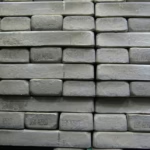
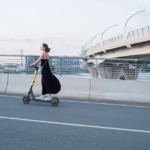








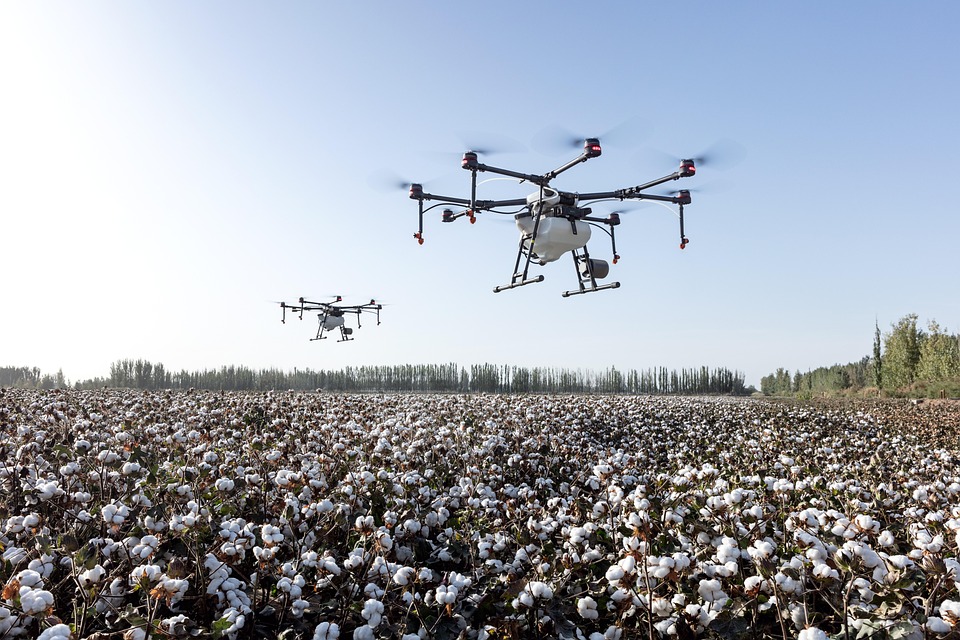

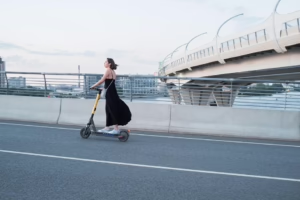


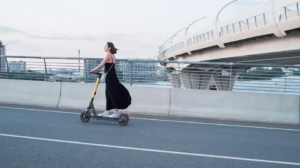





Add Comment